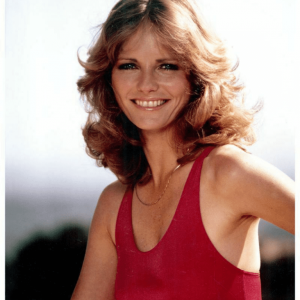Let’s rewind to 1977. Movie theaters were filled with tales of gritty realism and disaster epics. Then came Star Wars. Not a sequel. Not a remake. Just pure, unfiltered imagination. George Lucas dropped something on cinema that no one saw coming—a space opera packed with droids, Jedi, lightsabers, and a galaxy that somehow felt familiar yet entirely new.
But here’s the real kicker: the brilliance of Star Wars didn’t just happen in front of the camera. The magic that unfolded behind the scenes is what transformed it from an ambitious project into a seismic cultural shift that would ripple across Hollywood for decades.
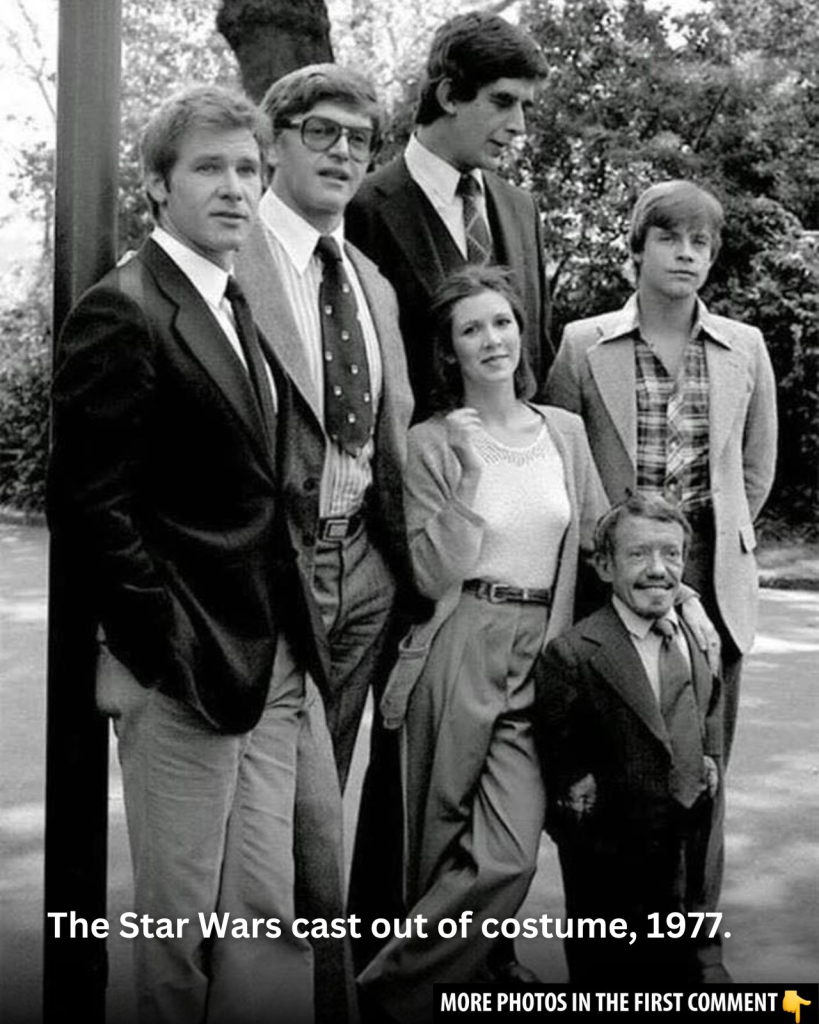
From Concept to Cosmos: The Birth of a Space Opera
Before Star Wars became the cornerstone of modern science fiction, it was just an idea in George Lucas’s head—a vision fueled by Flash Gordon serials, mythology, and a deep-rooted love for storytelling.
Lucas, hot off the success of American Graffiti, pitched a wild idea to 20th Century Fox. He wanted to make a film set in a galaxy far, far away. It wasn’t just another sci-fi flick. It was a mythic journey wrapped in special effects, powered by an underdog spirit and a whole lot of duct tape.
Filming spanned deserts in Tunisia and rugged American landscapes. There were sandstorms, malfunctioning robots, and constant technical headaches. But Lucas kept pushing, driven by something bigger than himself. He wasn’t just making a film—he was building a world.
Video: Watch The Making of Star Wars 1977 documentary and discover the fascinating behind-the-scenes process of creating this iconic film!
Casting Stars Before They Were Stars
One of the most brilliant moves Lucas made? Choosing a cast of (mostly) unknowns. Mark Hamill, Carrie Fisher, and Harrison Ford weren’t exactly household names when filming began—but they were about to become legends.
Mark Hamill brought wide-eyed innocence to Luke Skywalker. Carrie Fisher’s Princess Leia was a revelation—smart, strong, and sharp-tongued. And Harrison Ford? He redefined cool with his swaggering portrayal of Han Solo.
And let’s not forget James Earl Jones lending his voice to Darth Vader, instantly creating one of cinema’s most iconic villains. These casting choices weren’t just lucky—they were inspired. They gave the story grounding, emotion, and a human core that kept it from getting lost in the stars.
The Real Work: What Happened Behind the Curtain

What really set Star Wars apart wasn’t just the acting or the story—it was the groundbreaking work done behind the scenes. Rare photos from the set tell a story of grit, innovation, and problem-solving on the fly.
The team at Industrial Light & Magic (ILM), formed specifically for the film, had to invent new technologies just to pull it off. They used motion-control cameras, miniatures, matte paintings, and practical effects that made their low-budget universe feel massive and real.
One unforgettable example? The Millennium Falcon, Han Solo’s legendary ship, wasn’t built with digital tools. It was a physical model crafted with obsessive detail. Every dent and panel had a purpose—and it all showed on screen.
ILM’s Legacy: Revolutionizing Special Effects

Industrial Light & Magic didn’t just help Star Wars look good—they changed the way Hollywood makes movies. Before this, special effects were clunky and predictable. ILM turned them into art.
Using motion-control photography, they captured ships flying through space with incredible realism. They introduced layering techniques that made action sequences dynamic and fluid. Suddenly, filmmakers realized that anything they could imagine could actually be built—and filmed.
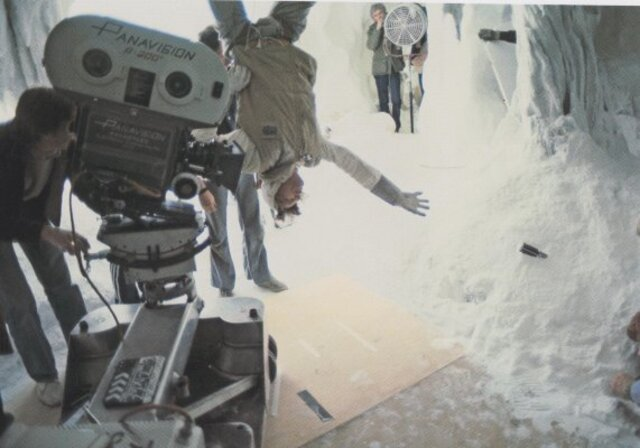
That leap forward didn’t stop with Star Wars. ILM’s techniques became the standard, influencing blockbusters like Indiana Jones, Jurassic Park, Avatar, and the entire Marvel Cinematic Universe. Every time you see a spaceship fly convincingly across your screen, you’re watching ILM’s fingerprints in motion.
The Cultural Boom: How Star Wars Took Over the World
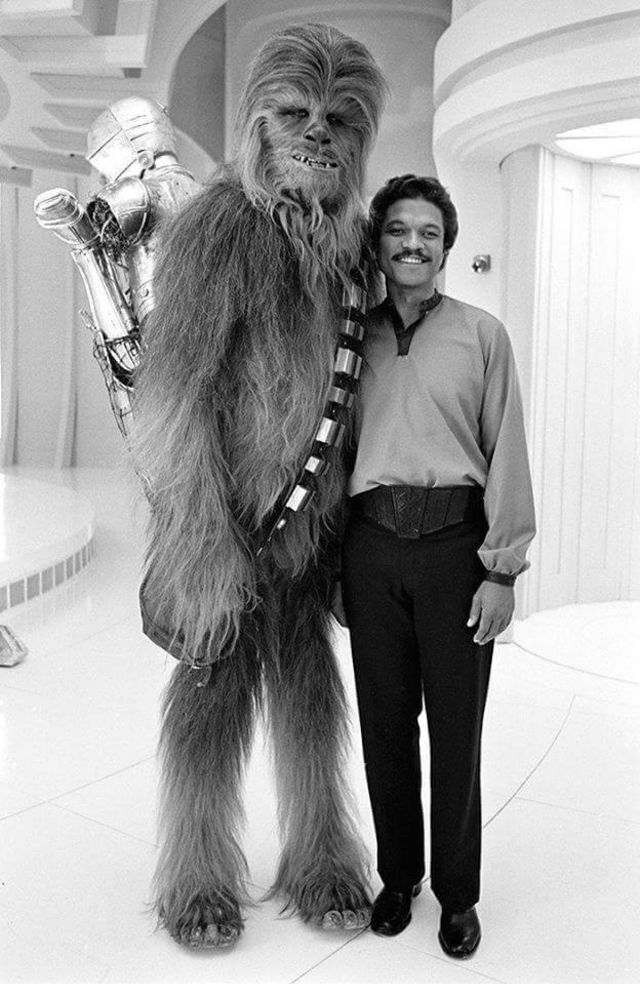
When Star Wars hit theaters in May 1977, it didn’t just perform well—it exploded. People lined up around the block. They came back again and again. This wasn’t just a film—it was a cultural detonation.
Phrases like “May the Force be with you” became part of everyday speech. Characters like Yoda and Chewbacca became household names. Kids begged for action figures, lightsabers, and Millennium Falcon toys. Adults joined in, collecting memorabilia and quoting scenes as if they were sacred texts.
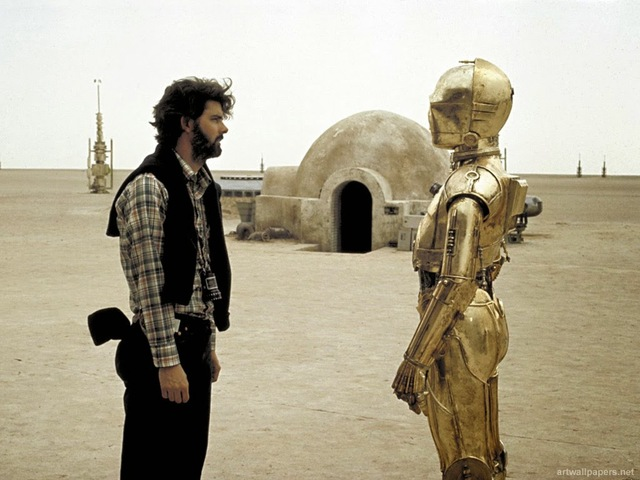
And suddenly, Hollywood realized something huge: one movie could become a multimedia empire. Star Wars launched books, comics, animated shows, video games, and endless merchandise. It didn’t just change the movie business—it reinvented how we define entertainment.
Blockbuster Blueprint: The Franchise That Changed Hollywood

Star Wars gave birth to the blockbuster era. It set the template for how studios would approach big-budget films: a central story, memorable characters, jaw-dropping visuals, and a universe that fans could live in long after the credits rolled.

Without Star Wars, there’s no Harry Potter, no Marvel Cinematic Universe, no Lord of the Rings phenomenon. Lucas showed that fantasy and science fiction weren’t niche—they were the future. And his meticulous world-building taught filmmakers that attention to detail pays off, not just artistically, but commercially.
Behind-the-Scenes Photos That Tell the Real Story
Video: Watch the STAR WARS (1977) CAST – Then and Now video to see how the legendary cast members have transformed over the years!
Some of the most powerful insights into the making of Star Wars come from behind-the-scenes shots. They capture the magic mid-creation: model makers carefully assembling starships, crew members dressed as aliens taking breaks under the sun, and a young George Lucas orchestrating chaos with quiet determination.
Each photo is a reminder that this galaxy wasn’t born in a boardroom—it was hand-built by artists, technicians, and storytellers who believed in something extraordinary.
Conclusion: Why Star Wars Still Feels Like Magic
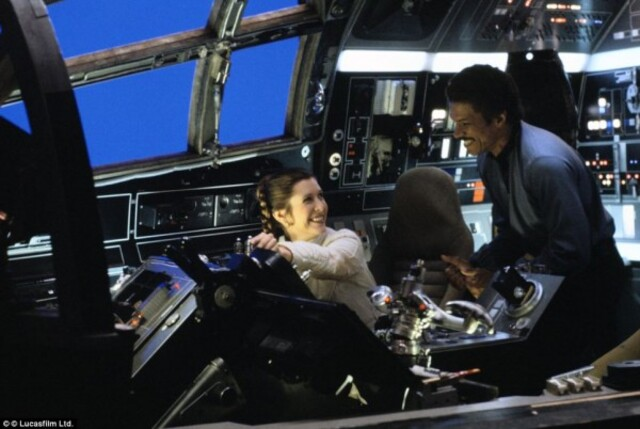
More than four decades later, Star Wars still has the power to inspire awe. Its blend of groundbreaking effects, timeless storytelling, and unforgettable characters created more than a movie—it sparked a movement.

But the real legacy of Star Wars lives in what it made possible. It proved that imagination, when backed by passion and innovation, can create something eternal. George Lucas didn’t just direct a film—he opened a portal to a new way of dreaming.
Whether you’re a lifelong fan or a newcomer to the saga, one thing’s for sure: the magic of Star Wars isn’t just in galaxies far, far away—it’s in every creative spark that dares to rewrite the rules.

